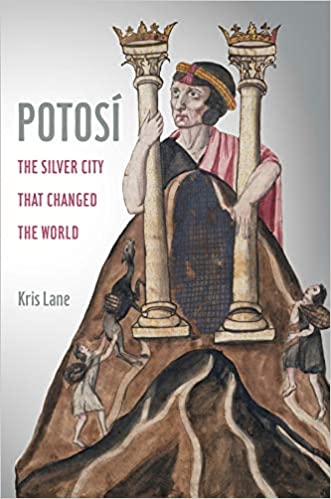The Art of Making Money in Seventeenth-Century Potosí (Bolivia), or The Colonial Counterfeiter's Dilemma
Posted on 13 October 2020

On 8 October, Professor Kris Lane presented the CREMS Research Seminar.
The Zoom recording is avaible to watch until 12 November 2020.
The Zoom recording is avaible to watch until 12 November 2020.
Passcode: 5STe2p$^
By the 1640s, the royal Spanish mint at Potosí, located in the Andes mountains of Bolivia, produced more silver coins than any other. Unfortunately for King Philip IV, his subjects, and many users of these coins worldwide, an increasing number of Potosí's popular "pieces of eight" proved debased. Records from a decade-long investigation reveal that these debased coins were products of an insider fraud web that ensnared dozens of high-ranking officials and benefited many elite citizens, all at the expense of poor folks and distant traders as far away as Surat, Madras, and Manila. This talk traces the great Potosí mint fraud from origins to maturity to collapse, offering reflections on the meaning and significance of this strange episode amid what was arguably the seventeenth century's most difficult decade.
Kris Lane holds the France V. Scholes Chair in Colonial Latin American History at Tulane University in New Orleans, USA. He is author of Potosí: The Silver City that Changed the World (2019), Pillaging the Empire: Piracy in the Americas, 1500-1750 (2015), Colour of Paradise: The Emerald in the Age of Gunpowder Empires (2010), and Quito 1599: City & Colony in Transition (2002).
